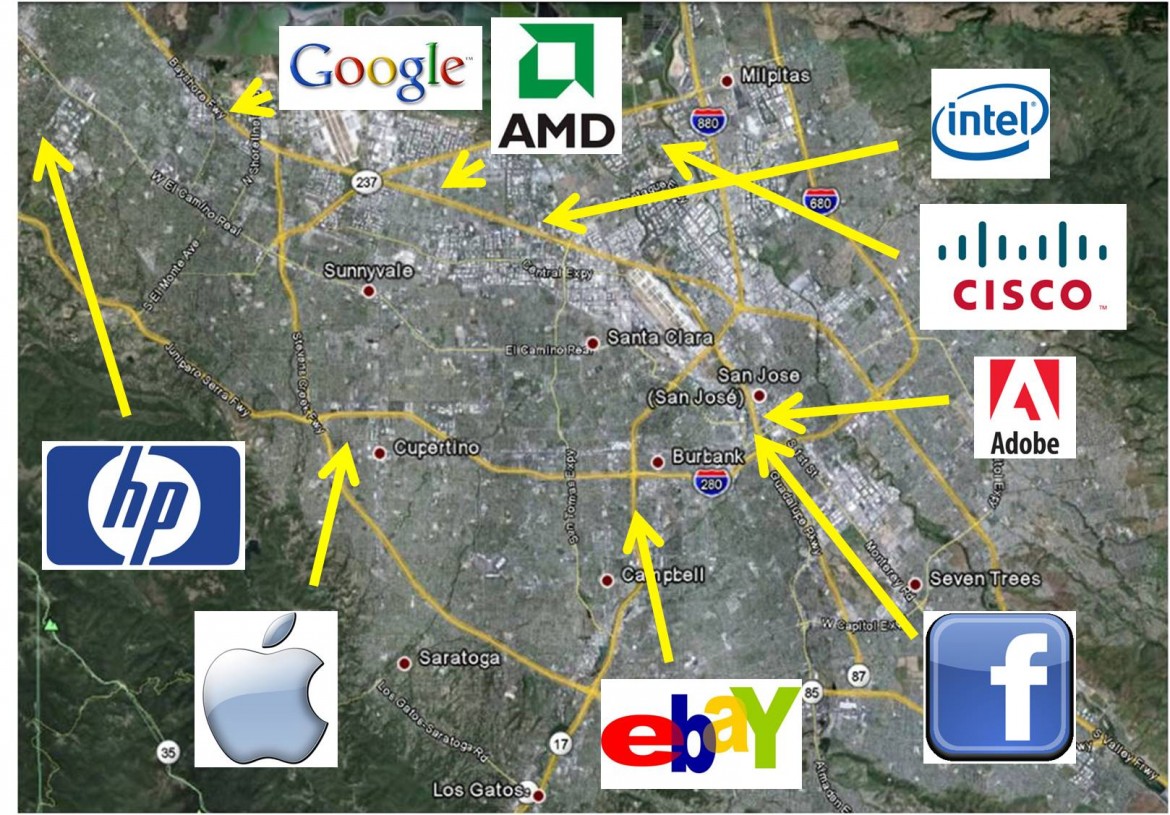
Silicon Valley is learning the difference between price and value, which is also the difference between bottle rocket and enduring companies.
A recent Economist article, “Empire of the Geeks,” celebrated Silicon Valley while warning about its insular financing model. Their major points, all well taken, almost obscured the real story: that many Silicon Valley start-ups are staying private, forsaking IPO exits, and planning for the long haul. Whereas IPOs were last century’s objective, and being acquired was last decade’s goal, more and more companies are now choosing to stay private, and for good reason.
In my forthcoming book Tough Things First, I discuss the Silicon Valley start-up CEO’s conundrum between obtaining financing and staying in charge of the company. In a rush for riches, some CEOs cede control of their company to investors in order to be rich instead of being king. Sadly, although the best way to be rich is to be the king, Silicon Valley’s instant billionaire lottery blinds many entrepreneurs to this simple equation.
Control is important to a visionary entrepreneur because money is not their primary objective. Their vision is about what they have invented, how they can redefine a market or change the world. Too often, investors with short-term profit motives pervert the entrepreneur’s long-term vision. Simply put, letting investors run your company is not a strategy. Without maintaining control, the startup CEO gives away his or her vision in exchange for cash.
I founded Micrel (it was publicly traded as MCRL) without venture capital, a rather rare feat in the semiconductor industry. I did so to avoid being under the thumb of investors. Yet after our IPO, we were twice challenged by activist investors, once in 2008 and most recently by Starboard Value in 2014. Both activists’ funds had the same goal: to force the sale of the company. We managed to defeat the first attack in 2008. But when Starboard came after Micrel in 2014, our Board of Directors decided on a preemptive strike and began looking at “strategic alternatives”—which is a soft way of saying, “Sell the company.”
Naturally, this was very disturbing to me. Having founded Micrel and having been at the helm for 37 years, I wanted the company to remain independent. Feeling my consternation, one of my board members said, “Don’t you wish you were private?”
This may be the lesson Silicon Valley entrepreneurs are learning. Legendary are the stories of venture capitalists micromanaging their portfolio companies with only a two-to-five-year payback for an end game. No CEO can lead a team of people toward his or her vision if outside investors are pumping the brakes and shifting the gears of the vehicle, the company. Though outside capital—whether from VCs or post-IPO shareholders—adds liquidity, it subtracts independence, and with it the ability to focus solidly on the CEO’s objectives.
Reflecting back over my 37 years running Micrel (and for 21 of those years, as a public company), I can see the major disadvantages of outside financing:
- You are owned by a coterie of investors. Your investors are anonymous and care about only one thing: the share price. You may be focused on delivering long-term value, but your investors, and hence the pressure they put on your board of directors, are not.
- Because the public investor is only focused on share price, they push the company to reduce research and development, and/or to improve operating margins. Reducing R&D helps the short term, but dramatically depreciates the long term.
- Focusing on the short-term demands of investors forces management to attend numerous investor conferences and non-deal roadshows. This hampers management’s ability to guide the company and do the real work that brings products and differentiation to the market.
- Investors are intensely focused on revenue growth. It is always challenging to grow a company organically, and more so when R&D budgets are reduced. This squeeze pushes the company toward acquisition mania to grow revenue, which often proves disastrous.
- Taking the acquisition route presents its own set of hazards. Acquisitions generally create a large amount of debt, which is not a sustainable strategy, and move the company from a GAP structure to a non-GAP structure.
It seems that Silicon Valley is now noticing the difference between price (what investors care about) and value (what the entrepreneur cares about). We will see if this trend continues. If so, Silicon Valley will quit creating bottle rocket companies that are soon forgotten and instead foster more enduring companies with fulfilled visions.
